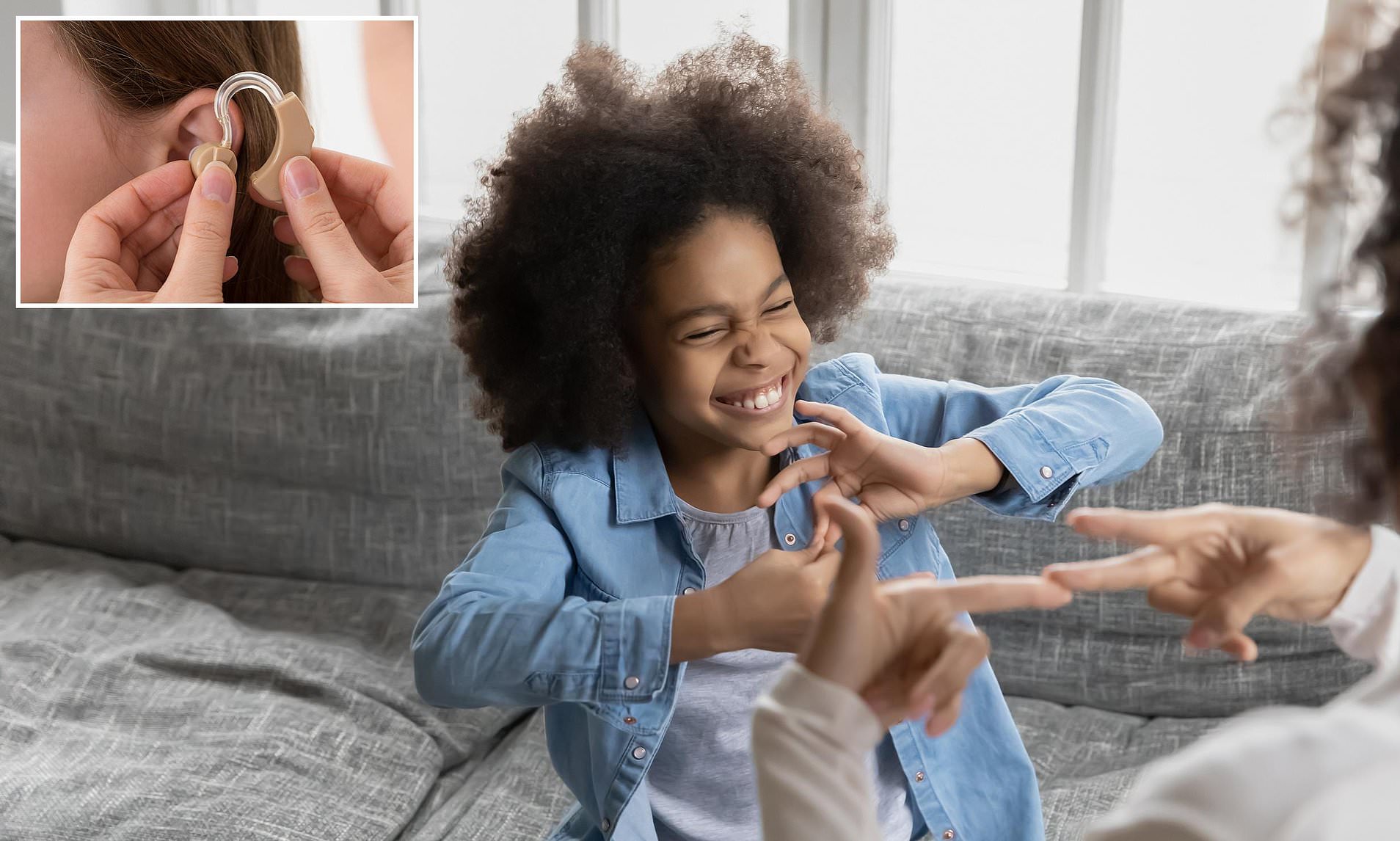Breakthrough Gene Therapy Offers Hope for Deaf Individuals
A groundbreaking study has revealed that a new gene therapy could potentially restore hearing in both children and adults who have suffered from genetic deafness. This development marks a significant step forward in the field of genetic treatments, offering hope to millions affected by hearing impairments.
The research involved 10 patients who either were born with severe hearing loss or developed it due to a specific genetic mutation. These individuals ranged in age from infants to young adults, and all received a single injection of a modified version of adeno-associated viruses (AAAV). These viruses are not harmful but are designed to deliver gene therapies to cells effectively.
The results of the treatment were remarkable. Within a year, all participants experienced an improvement in their hearing, with some noticing changes within just one month. On average, sounds needed to be half as loud as before for participants to detect them. Younger children showed the most significant improvements, with one seven-year-old girl being able to hold a conversation with her mother four months after the treatment.
The therapy is believed to help restore functional copies of the OTOF gene, which plays a crucial role in transmitting sound from the inner ear to the auditory nerve. All participants in the study had mutations in this gene, which is responsible for producing otoferlin, a protein essential for hearing.
Maoli Duan, a study author and consultant docent at the Karolinska Institutet in Sweden, emphasized the importance of this breakthrough. She stated, “This is a huge step forward in the genetic treatment of deafness, one that can be life-changing for children and adults.”
The study, published in the journal Nature Medicine, included 10 individuals aged between one and 24 years, all of whom had congenital deafness or severe hearing impairment. Each participant underwent thorough hearing and genetic testing before receiving the treatment. The injections contained two AAV viruses delivered into the cochlea of each ear. The cochlea, a fluid-filled cavity in the inner ear, converts auditory vibrations into electrical signals that the brain interprets as sound.
Before the treatment, participants could only hear sounds at least 106 decibels, comparable to the volume of a motorcycle or a car horn. After a year, they were able to hear sounds as low as 52 decibels, similar to a normal conversation. One particularly notable case was a seven-year-old girl who went from hearing sounds at 101 decibels to 40 after just two weeks. Within two months, she could detect sounds above 25 decibels, about the volume of a whisper, and after four months, she could engage in daily conversations without any assistive devices.
Only one participant was an adult, around 24 years old. The treatment allowed him to identify certain spoken words and the sound of hands clapping after several months. Dr. Duan noted that previous smaller studies in China had shown positive results in children, but this was the first time the method was tested in teenagers and adults.
The treatment also proved to be safe, with no severe adverse reactions reported. Experts believe the injections may have helped provide the bodies of participants with functional copies of their mutated genes, enabling their OTOF genes to produce more otoferlin necessary for hearing.
OTOF mutations account for approximately two to eight percent of genetic deafness cases. Dr. Duan expressed optimism about future developments, stating, “We and other researchers are expanding our work to other, more common genes that cause deafness, such as GJB2 and TMC1. These are more complicated to treat, but animal studies have so far returned promising results.”
She added, “We are confident that patients with different kinds of genetic deafness will one day be able to receive treatment.” This study represents a promising start in the journey toward effective genetic treatments for hearing loss, offering hope for a brighter future for those affected by this condition.







